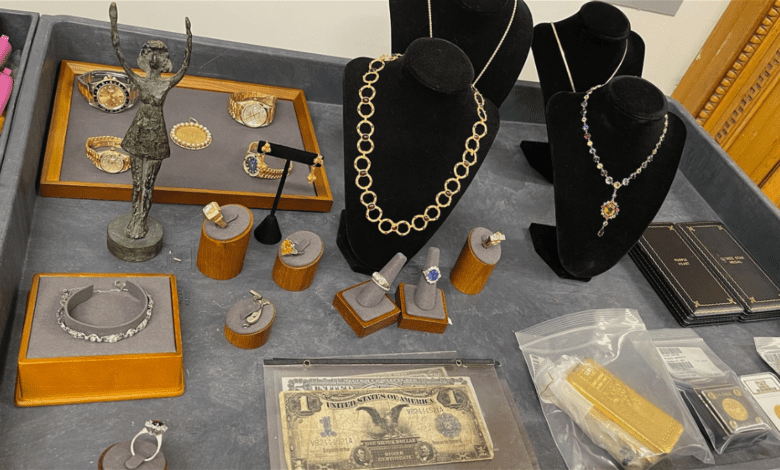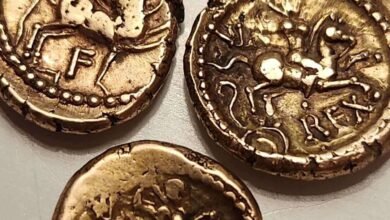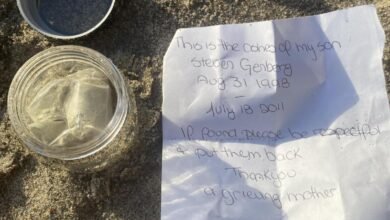Lost Treasure: CO Treasury Stockpiles Millions in Unclaimed Property. It’s now easier than ever to find out if it’s yours

DENVER, Colo. (KRDO) — For some, it’s $50 from an old refund. For others, it’s an old insurance policy worth hundreds of dollars. For a lucky few, it can be a long-lost legacy, a collection of relics worth thousands of dollars. And it’s all hidden in a vault in Denver’s capital city.
It’s called unclaimed property. And it happens more often than you think. In fact, state treasurers including Dave Young of Colorado estimate that one in seven people have unclaimed property just waiting to be claimed.
“About half of our staff here at the Treasury Department is working on it. It’s really an extensive investigative process,” said Colorado Treasurer Dave Young.
In his safe: diamonds, war medals, gold coins, silver bars, rare baseball card collections – most of them from expired bank safe deposit boxes.
“We had a $160,000 Tiffany necklace,” Young said.
In some ways, it’s a modern day treasure hunt – a treasure that could pay for a tank of gas or, in some cases, a new house. And in 2024 the search will only take 30 seconds.
Young is responsible for the Colorado website Colorado.FindYourUnclaimedProperty.com, which searches for unclaimed property claims. It’s a website that, as Young admits, doesn’t sound legitimate. But he says they are working on getting a “.Gov” domain.
Meanwhile, Young and other state treasurers have teamed up with the National Association of Unclaimed Property Administrators to create a new, user-friendly website that searches 49 states simultaneously. It’s called MissingMoney.com and it’s perfect for anyone who has lived in multiple states and wants to do a search in one place.
“In this day and age, when people move around so much, having a national collection point for searching is more valuable than ever,” said Jeremy Dawson, NAUPA director.
NAUPA estimates there is $30 billion worth of unclaimed property nationwide.
“Sometimes it’s larger amounts. There is life insurance. There are stocks,” Dawson said.
Real Apodaca-Cobell works at the Colorado State Capitol. He heard about MissingMoney.com. Skeptical, he conducted a quick search that paid off hugely: He discovered more than $9,000 from an old business account in Florida.
“I didn’t even realize the money was still there,” True said, saying he, too, thought it sounded like a scam until he conducted a search.
“It worked. It certainly got us through some tough times during the pandemic,” he laughed.
Unclaimed property can be anything from forgotten bank accounts, utility deposits, or overpayments from a doctor’s visit. It could also be a severance payment or an inheritance that you didn’t even know was yours. The most common reason you don’t know about it? The wrong address was entered. So if you’ve moved and haven’t updated everyone with your new address, you might want to do a quick search.
It could simply be a long-lost treasure that you were hoping for.
Or at least it could pay for dinner.
“It’s strange, but it’s true,” True said.
“Everyone was skeptical… Once I actually trusted that it was the original and sent in my information, it happened pretty quickly.” [It arrived] actually within a week.”
Unclaimed property searches also apply to businesses and nonprofit organizations. Additionally, Young says there is still a lot of money in his coffers from unclaimed TABOR refunds. Also, check regularly if you are in the military and move frequently.
Unclaimed.org is another government-run resource where you can regularly search for unclaimed property.



